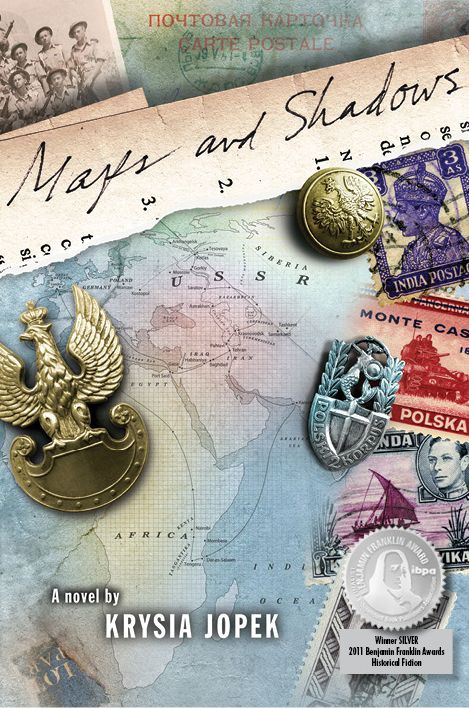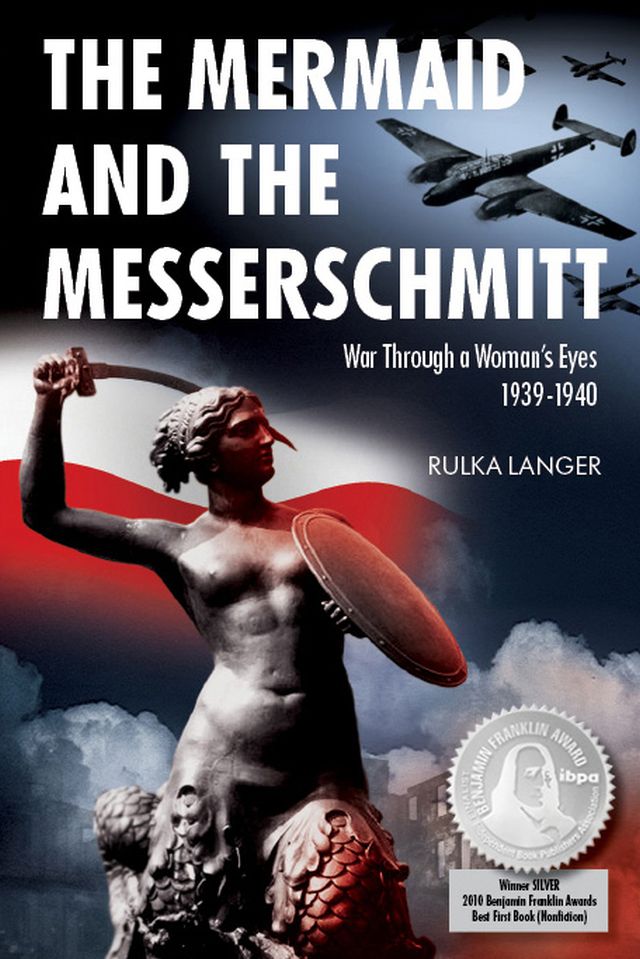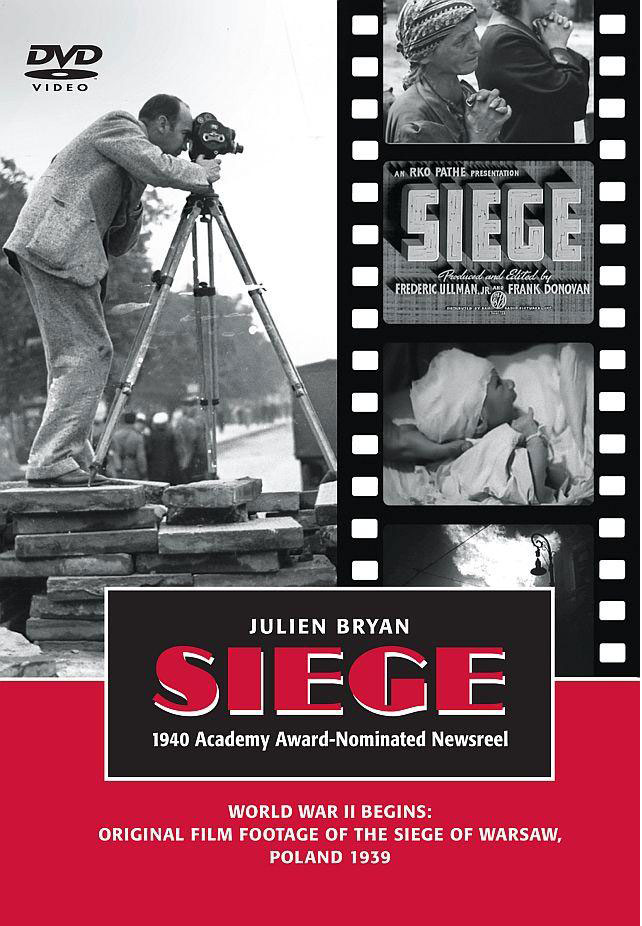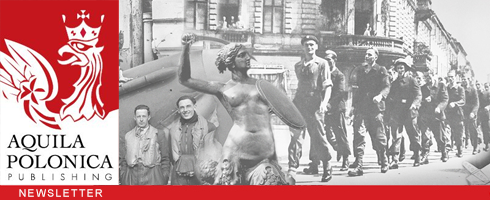June 14, 1940 – Germans Enter Paris

On June 14, 1940, the Germans entered Paris unopposed by Allied forces.
The day before, June 13, Winston Churchill had flown to France to meet with French Premier Paul Reynaud and members of his cabinet, to urge them to continue fighting. Churchill suggested a strategic retreat across the Mediterranean to French North Africa, saving the French fleet and air force, and as much of the French army as possible.
On June 11, 1940, General Władysław Sikorski, Polish Prime Minister and Commander in Chief of the Polish forces fighting in France, had left to make a firsthand assessment of the military situation. As an experienced military commander himself, he quickly saw that the Allied situation, under overall French command, was serious and likely to worsen. For a few crucial days, while he was traveling and directing the Polish forces fighting on the Maginot Line, he was out of touch with the rapidly deteriorating French political situation.


On June 15, 1940, Polish Foreign Minister August Zaleski met with French Premier Reynaud. Reynaud told Zaleski that France would likely seek an immediate armistice with Germany, and offered to negotiate an armistice for Poland as well. Zaleski was stunned by the rapid French collapse — it was, after all, only 5 weeks since the Germans had invaded France on May 10th.
As described by Jan Ciechanowski in his book Defeat in Victory (pp. 9–12), Zaleski responded to Reynaud (emphasis added):
“I will immediately report to our President and General Sikorski,” said Zaleski. “I can say now that, whatever the French Government decides to do, the Polish Government and Army will not capitulate. How long have we got to leave France should you decide to sue for an armistice?”
“Three to four days, I should say, at the most,” coldly replied Reynaud.

On June 16, Reynaud was replaced as Premier by












No comment yet, add your voice below!